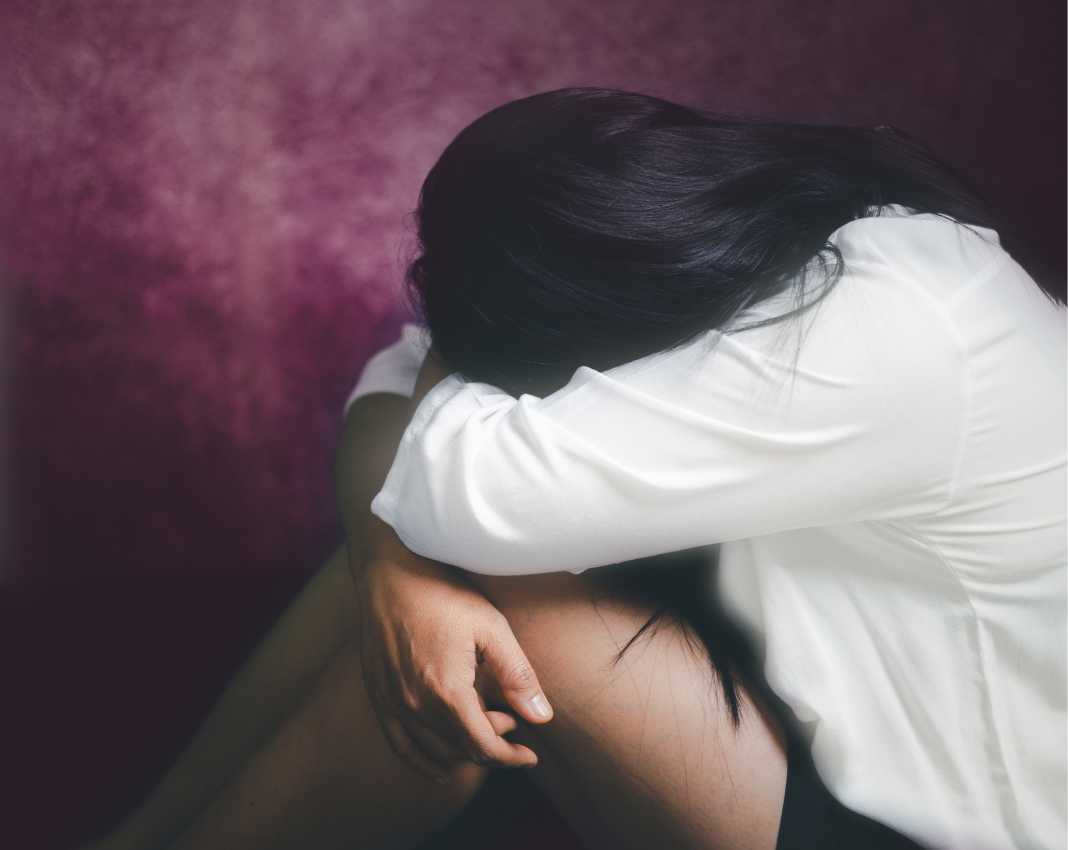We can help answer your questions and connect you with an attorney if you may have a case.
Under California law, a youth may be held in room confinement for no more than four hours at a time. If staff decide more time is required, they have to write down the reason and timing, make a plan to return the youth to the general population, and obtain approval from the superintendent or designee every four hours after that.[1]
Under Title 15, California regulations echo the four-hour rule. After that, staff must either move the youth back into general population, consult medical or mental-health staff, or set up a reintegration plan.[2]
Sources
You’ve carried this long enough. Let us help you carry it from here. Call for a private consultation or submit your information securely online.
